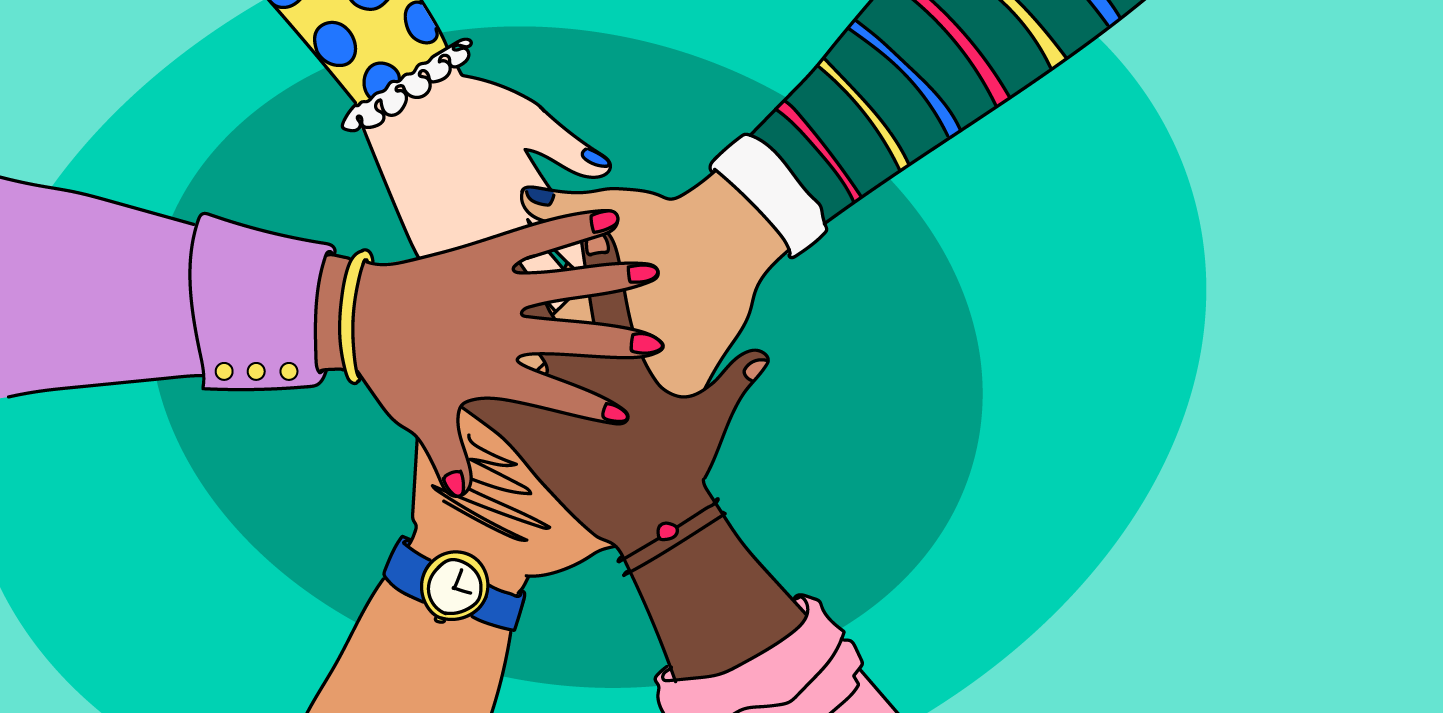As communications strategists, we help shape the narrative on key societal issues on behalf of our clients. This is a profound privilege and responsibility. At DH, we’ve been entrusted to support the fentanyl crisis response, restore voter confidence by combatting disinformation, advocate for transportation policies and systems and much more. Who our strategies center—and whose voices are included in identifying and shaping communications solutions to the many complex challenges facing our clients and their audiences—will determine whether their outcomes are equitable, inclusive and just—outcomes we as communicators have a responsibility to work towards.
When addressing social issues, such as those that affect human health, happiness and opportunity, the resulting communication strategies and messages have the power to influence individual knowledge, shape attitudes, and ultimately change behaviors. They can generate positive shifts in societal norms with a much broader social impact. We have a duty to actively engage with, listen to and center the voices and lived experiences of audiences we’re working to engage. Understanding your audience’s unique barriers to modifying existing behaviors or their motivations for adopting new ones is not only a proven best practice, but also a strategic and equity-centered choice.
So, here are three key ideas to consider in building communications strategies centered in equity.
Leading with equity cannot be a one-and-done strategy
While most communicators may understand the philosophy behind audience engagement as a best practice, it takes intentionality and commitment to continuously integrate an equity and anti-racist lens. How can organizations do this? Where do we start?
- Own your complicity in upholding the status quo, including communication practices steeped in dominant/white culture, that consciously and unconsciously exclude perspectives of BIPOC and other historically marginalized communities/audiences.
- Center and follow the voices of historically marginalized groups within your priority audiences. Those most affected by an issue are also closest to the solution. We take the adage, “nothing about us without us” to heart.
- Deeply listen to and partner with authentic and trusted community members to undo harmful narratives and biased messaging and creating positive narratives informed by them and rooted in their community values.
- Actively shift power to communities by recognizing them as strategists, following their lead, respecting their unique historical and current context, and directly resourcing organizations embedded within and representative of your audiences.
- Before, during and after engaging with a community, practice cultural humility and check your biases. So many of our biases are shaped by dominant narratives. When those narratives largely use deficit-based language–about what audiences lack–they can shape how we think about them even when we aren’t consciously aware of it.
Context is key
Using this equity and anti-racist lens must become a throughline—from concept, design, implementation and evaluation. At DH, we strive to integrate this lens in everything we do and how we do it. We begin by applying a socio-ecological approach to our communication strategy and creative process—acknowledging that our audience’s behavior and decisions are greatly shaped and influenced by their broader environmental, socio-cultural, and political context and values.
While systemic racism is a root cause of societal inequities in housing, education, transportation, access to healthcare and more, we also use an intersectional approach to acknowledge and address other forms of oppression that interact with and often exacerbate racial inequities such as sexism, classism, ableism, homophobia, transphobia, to name a few.
Putting it into daily practice
When working on a communications strategy, our team asks:
1. Are we using existing “general audience” content for all audiences or are we adapting materials for (or transcreating with) priority audiences so they are more culturally responsive and accessible?
2. Who among our audience is unfairly or disproportionately affected and why?
- How many identify with/belong to historically marginalized groups?
- Do we know how best to engage them (are we aware of their motivations, strengths, assets, barriers, perceptions, attitudes, etc.)?
- Who is missing from audience data/research?
3. Who else could be delivering the message?
4. Who are the trusted and authentic message carriers that our audiences respect, listen to, and believe?
5. Are your channels culturally relevant and linguistically appropriate for each unique audience?
- Is your strategy over-relying on mass media platforms with known bias/slant on sharing information for certain audiences?
This work requires being intentional, accountable, and more importantly, vigilant because the counteracting forces of the dominant culture are powerful.
If you’re feeling overwhelmed yet inspired, you’re not alone. And you don’t have to do this work on your own. Contact us for a consultation—we would love to be on this journey with you!
We're here to help
If you need help working through communications strategy, media engagement or audience engagement during this time, give us a call. We’re happy to talk strategy and help.

